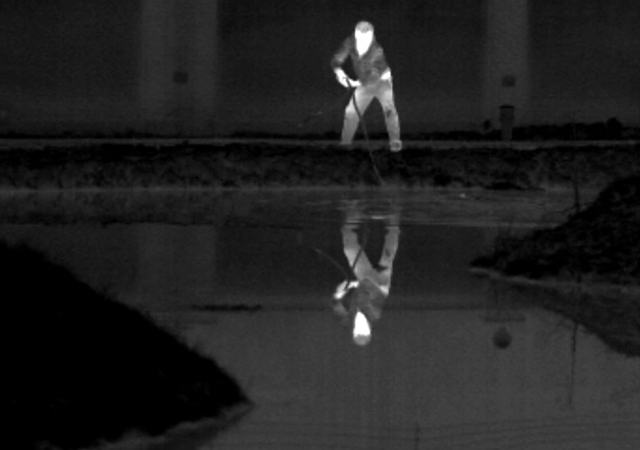There are obvious differences in imaging principles between short-wave infrared and medium-long wave infrared detectors. Short wave infrared uses reflected light imaging instead of thermal imaging. Short-wave infrared detection relies on the "night sky radiation" from the moonlight, starlight, atmospheric glow and other light in the very low brightness night environment. The radiance in the night sky is lower than the human visual threshold, which is difficult to cause human visual perception. Most of the energy radiated in the night sky is concentrated in 1~2.5 μm. The combination of the short-wave infrared image of the room temperature scene reflecting the night sky light and the visible light has also become the most commonly used means of the low-light-level night vision system.

Short-wave infrared is more like enhanced vision, and its image is very similar to that seen by human eyes. This has strong advantages in many applications, such as seeing the important features of maritime targets such as the name of ships, and face recognition in security monitoring applications. In addition, short-wave infrared imaging has a major advantage that infrared thermal imaging technology does not have, that is, it can image through the windshield.
While for the long-wave and medium-wave infrared thermal imaging, they use the thermal radiation emitted by the scene itself at room temperature. It is a kind of passive imaging, without sunlight, light and other external light sources, and has the characteristics of good stealth. In addition, the temperature difference imaging between the target and the surrounding environment has high contrast, long action distance, and certain penetration ability for trees and grass, so it is easy to find hot targets. Therefore, it is widely used in perimeter protection, intrusion alarm, hunting, outdoor and other fields.
Go Top